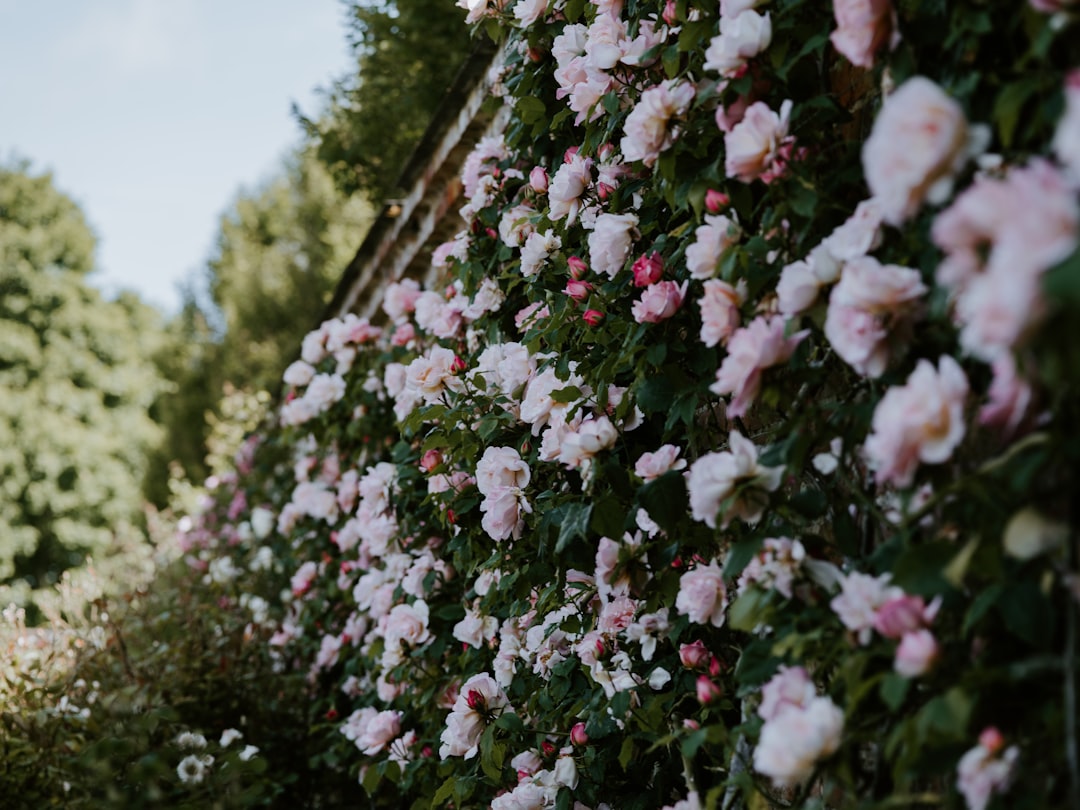The Secret of Oregano: Surviving Winters in Your Edible Garden

Edible gardening has become a popular pastime for many, offering the joy of growing your own fresh produce and herbs. Among the various herbs, oregano stands out as a flavorful and versatile addition to any kitchen garden. But the question that often arises is whether oregano is a perennial plant that can withstand the harsh winters and how to ensure its survival during the cold months.
Oregano, scientifically known as Origanum vulgare, is indeed a perennial herb in many regions. However, its ability to survive winters depends on several factors, including the specific variety of oregano, the local climate, and the care it receives. Some oregano varieties are more cold - hardy than others. For example, Greek oregano (Origanum heracleoticum) is known for its relatively good cold tolerance, while some of the more ornamental or tender varieties may struggle in colder climates.
To determine if oregano can survive your winters, you first need to understand your USDA hardiness zone. The United States Department of Agriculture (USDA) has divided the country into different hardiness zones based on the average annual minimum temperature. Oregano generally thrives in zones 5 - 9. In zones 5 and 6, where winters can be quite cold with temperatures dropping well below freezing, oregano may die back to the ground during winter but will often regrow in the spring. In zones 7 - 9, oregano is more likely to remain evergreen throughout the winter.
If you live in a colder zone and want to overwinter your oregano successfully, there are several steps you can take. One of the first things to do is to prepare the oregano plant for winter in the fall. Stop fertilizing the plant about six weeks before the first expected frost. Fertilizing late in the season can encourage new growth, which is more susceptible to cold damage. Instead, focus on building up the plant's natural defenses.
Pruning is also an important part of overwintering oregano. In the fall, trim back the oregano plant to about half its height. This helps to reduce the amount of foliage that could be damaged by snow and ice. It also allows the plant to focus its energy on the roots rather than maintaining a large above - ground structure. However, be careful not to prune too severely, as this can stress the plant.
Another crucial step is to provide adequate mulch. Apply a layer of mulch around the base of the oregano plant in late fall, after the first light frost. A thick layer of mulch, such as straw, shredded leaves, or wood chips, can help insulate the soil and protect the roots from freezing temperatures. Aim for a mulch layer that is about 3 - 4 inches thick. Make sure to spread the mulch evenly around the plant, leaving a small gap around the stem to prevent moisture buildup and potential rot.
If you have oregano growing in containers, overwintering requires a slightly different approach. Container - grown oregano is more exposed to cold temperatures than those planted in the ground. You can move the containers indoors to a cool, dark place, such as a basement or an unheated garage. Keep the soil slightly moist but not wet. Check the plant regularly for signs of pests or disease during the winter months.
Once spring arrives, it's time to start thinking about bringing your oregano back to life. Gradually remove the mulch as the soil begins to warm up. This allows the plant to start growing again and prevents the soil from becoming too warm and causing the plant to sprout prematurely. As the weather warms further, you can resume regular watering and fertilizing.
Harvesting oregano is also an important aspect of its care. Regular harvesting not only provides you with fresh herbs for cooking but also helps to keep the plant healthy. During the growing season, you can harvest oregano leaves as needed. Just make sure not to take more than one - third of the plant at a time to avoid stressing it.
In conclusion, oregano can be a wonderful perennial addition to your edible garden, even in colder climates with proper care. By understanding its cold - hardiness, preparing it for winter, and providing the right conditions, you can enjoy the fresh taste of oregano year after year. Whether you use it in Italian dishes, Greek cuisine, or simply as a garnish, oregano is a herb that is well worth the effort of overwintering.